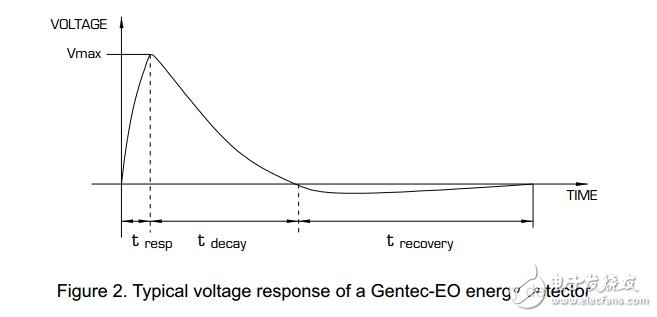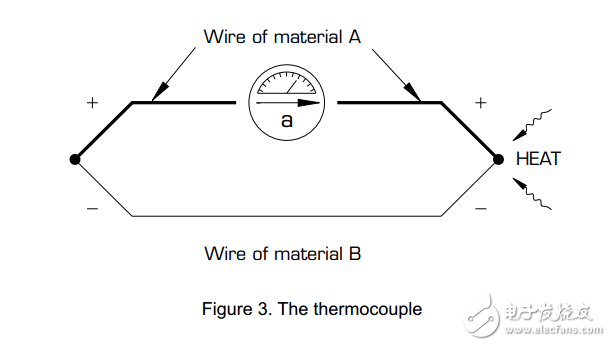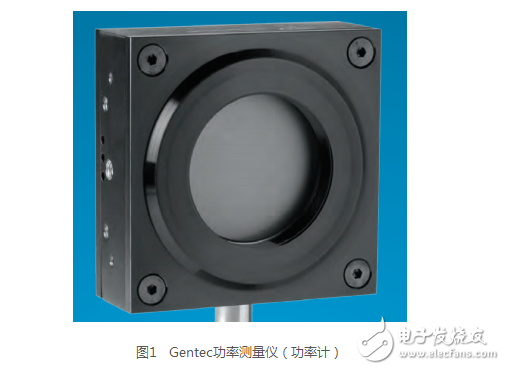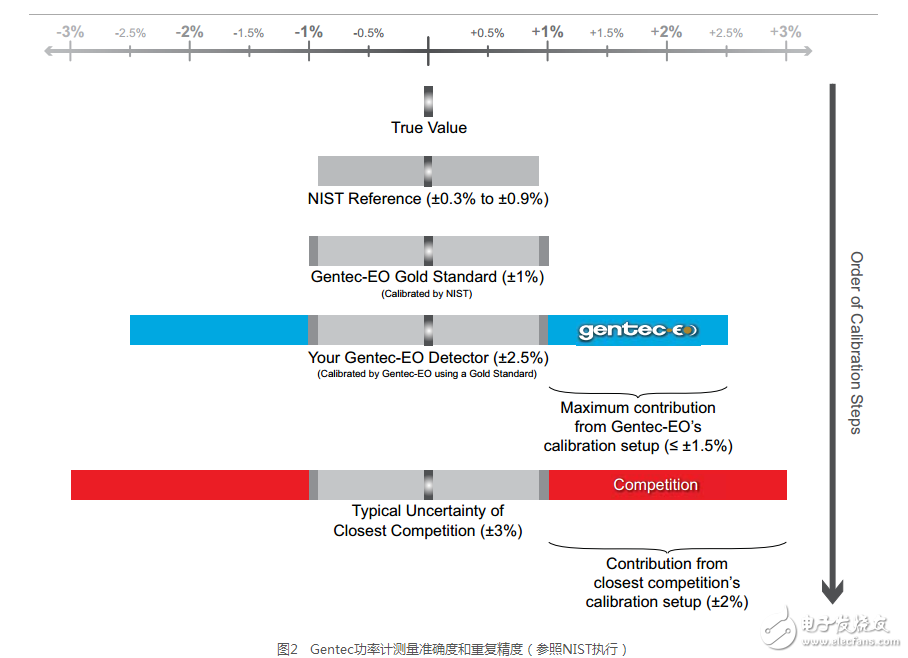Usually, the optical power meter adopts accurate calibration technology to measure the optical power of different wavelengths. It is a necessary measurement for optoelectronic devices, optical passive components, optical fibers, optical cables, optical fiber communication equipment, and construction and maintenance of optical fiber communication systems. Measuring tools.
A laser energy meter is commonly used to detect the energy of a single-shot energy and a single-pulse laser of a repetitive pulsed laser. Ophir's thermopile-type laser power meter converts light energy into heat through a thermopile structure, converts it into an electrical signal output, and calibrates to accurately measure the laser power. The laser power meter is generally composed of a probe and a display device. The laser power meter probe is divided into a thermopile type (thermal type), a photodiode type (PD: Photodiode), and a comprehensive probe (RP) including two types of sensors according to different principles and materials. The laser energy meter has a pyroelectric sensor (PE: Pyroelectric) and a thermoelectric sensor probe.
1, the principle of power measurementA laser probe is an absorber coated with a thermoelectric material that absorbs most of the light energy and converts it into heat, with only a small amount of reflection. The absorption and reflection ratio is related to the spectral response curve of the material. The heat storage body of the absorber and its thickness determine the speed and reaction time of heat transfer to the probe. The temperature of the probe changes to generate a current, and the current is converted into a voltage signal through the sheet ring resistance.

When the laser is incident, the measured voltage rises with time, then decays slowly, and returns to zero after a period of time. This is the measured thermal phenomenon, and the rise and decay times are not affected by the load resistance.
The difference between the maximum voltage and the initial voltage is the measured voltage, and the measurement accuracy is authorized by NIST calibration. As long as the maximum energy is not overloaded, the measurement accuracy can be guaranteed.

The actual figure of the thermocouple is a structure with different metals at both ends, one end is "hot end" and the other end is "cold end" or reference end. In laser measurement, the hot end absorbs the laser energy and the other end sinks. Any temperature change at both ends will generate a voltage between the two ends. This is the data measured by the power meter.

The purpose of the power meter calibration is to calibrate its own measurement accuracy and ensure that the measured value is within the error range reported by the power meter, thus ensuring the normal use accuracy of the power meter.
The power meter calibration is measured by a third-party power meter. According to the factory calibration report, different power is used to verify the accuracy and stability of the actual calibration of the power meter without damaging the power meter.


Power measurement is a process of obtaining the true value of power based on the system and random error. There is a certain power uncertainty. For power measurement, there are two kinds of power, one is the accuracy, that is, the deviation between the measured value and the true value; the other is the power stability, that is, the power fluctuation range measured by repeating the same condition.
Power calibration is usually required every 12 months.
French Power Strip,Surge Protector Power Strip,Power Strip With Flat Plug,Overload Protector Power Strip
CIXI KYFEN ELECTRONICS CO.,LTD, , https://www.kyfengroup.com